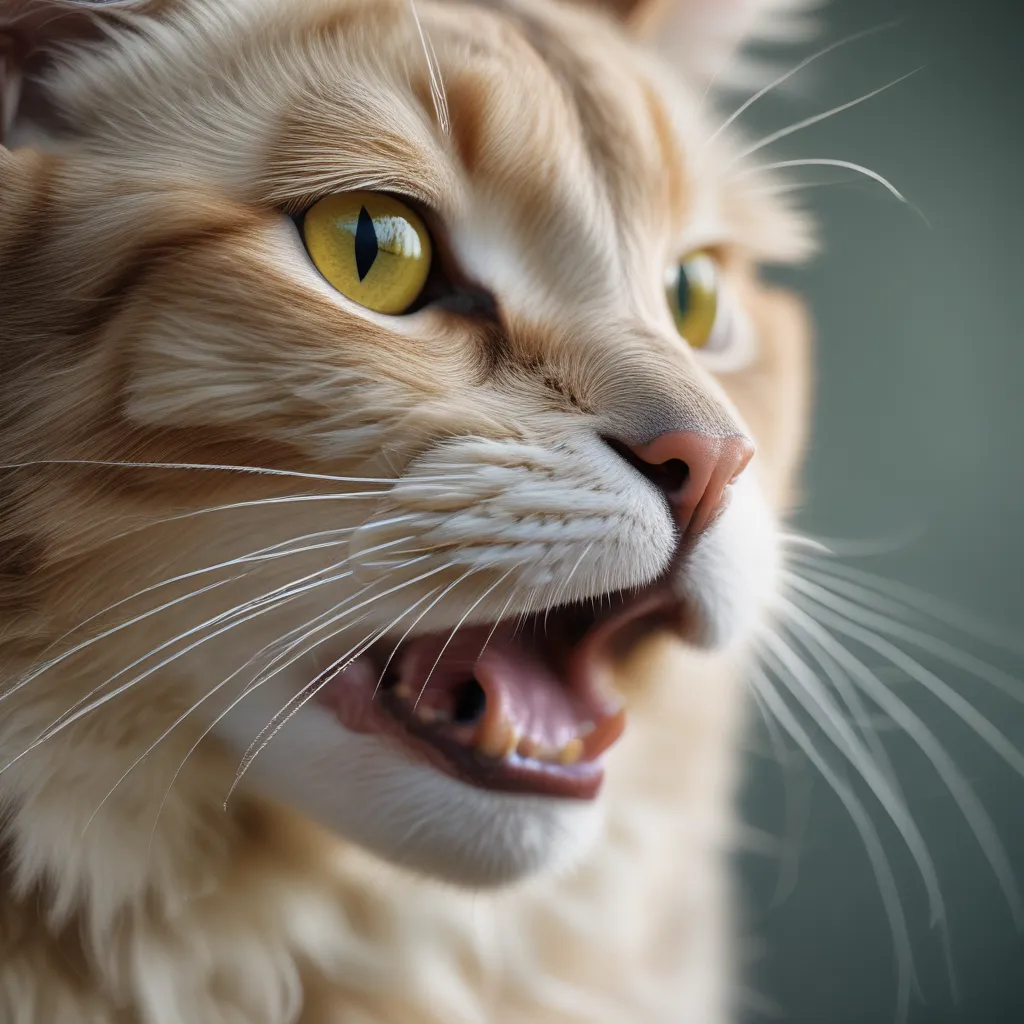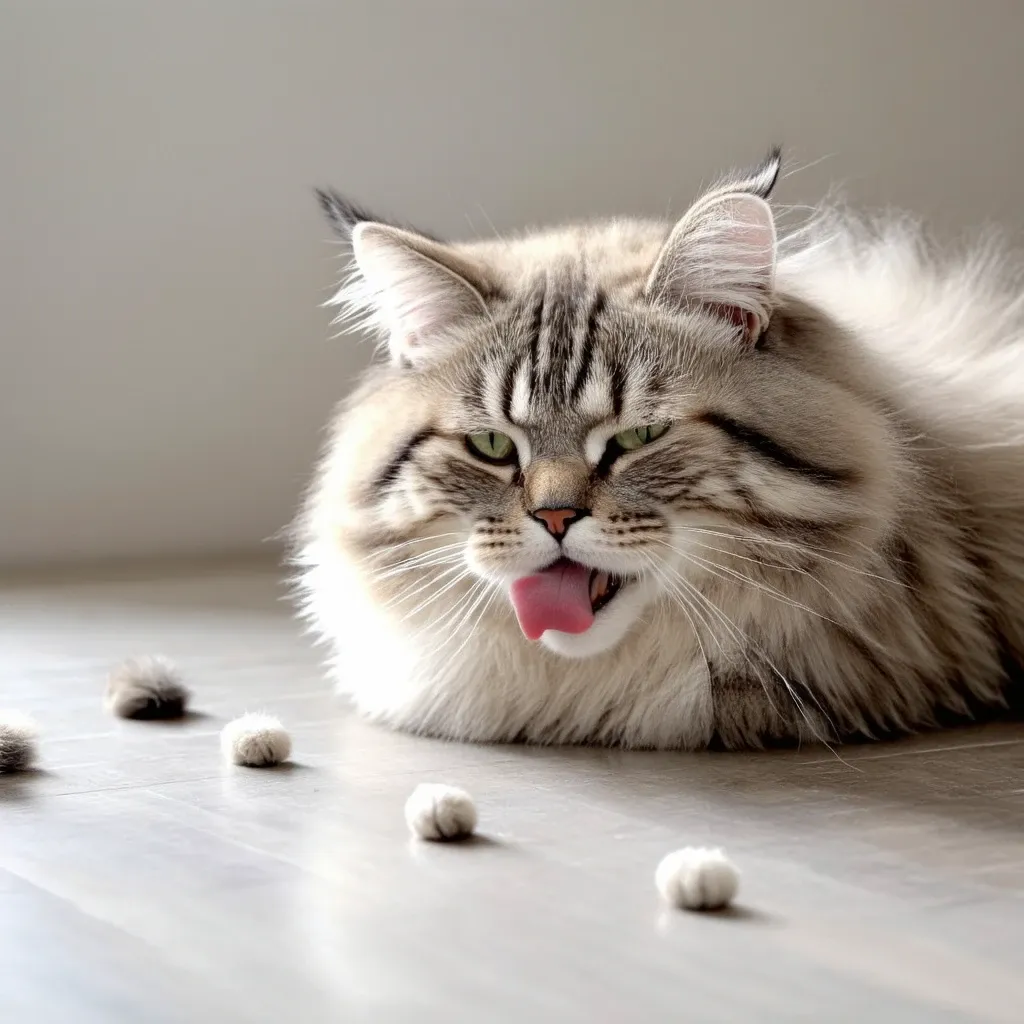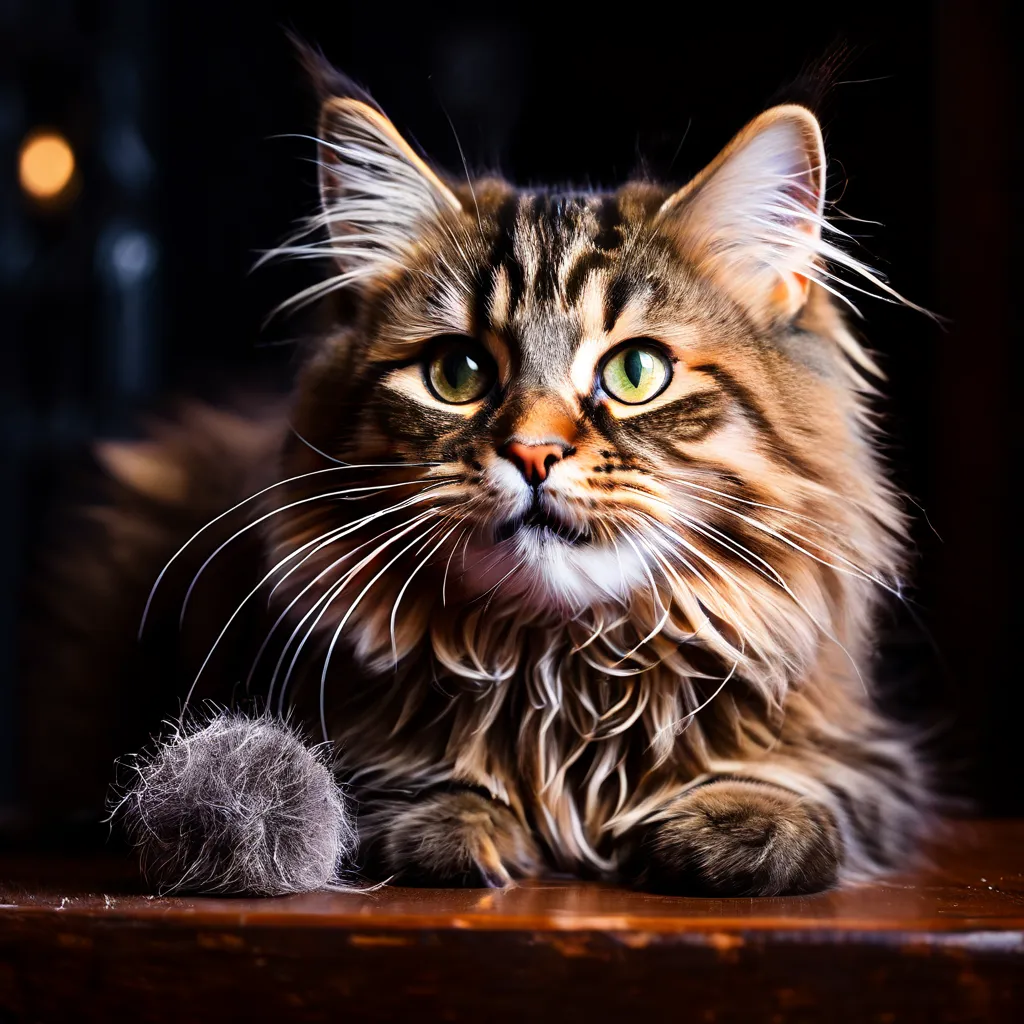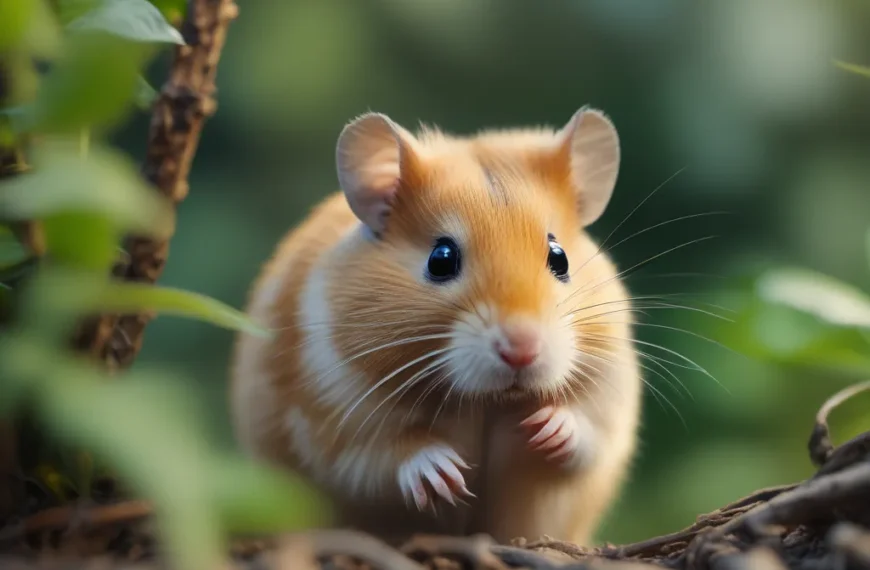Introduction
As a cat owner, it can be distressing to see your feline friend struggling to pass a hairball. Hairballs, also known as trichobezoars, are a common issue in cats, especially those with long hair or frequent grooming habits. But don’t worry, there are ways to help your cat overcome this uncomfortable and potentially harmful condition. In this article, we’ll explore the world of hairballs in cats, providing you with a comprehensive guide on how to help your cat pass a hairball, from understanding the causes to finding effective home remedies and long-term solutions.

By the end of this article, you’ll be equipped with the knowledge and tools to help your cat live a happier, healthier life, free from the discomfort and danger of hairballs.
Understanding Hairballs in Cats
Hairballs, also known as trichobezoars, are a common issue in cats. They form when cats groom themselves, and the swallowed hair accumulates in the stomach. Normally, the hair passes through the digestive system without any issues. However, if the hair accumulates and fails to pass, it can form a hairball.
What Causes Hairballs in Cats?
Hairballs are more common in long-haired cats, as they tend to groom themselves more frequently. Additionally, cats that are prone to shedding, such as during seasonal changes, are more likely to develop hairballs.
Symptoms of Hairballs in Cats
The symptoms of hairballs in cats can vary, but common signs include:
- Vomiting or regurgitating hair
- Lack of appetite
- Lethargy
- Abdominal pain
- Constipation
How Do Hairballs Affect Cats?
Hairballs can cause a range of health issues in cats, including:
- Gastrointestinal blockages
- Intestinal obstruction
- Inflammation of the stomach lining
- Dehydration
- Malnutrition
It is essential to address hairballs in cats promptly to prevent these complications.
Immediate Help for Your Cat
If your cat is choking on a hairball, it’s essential to act quickly and carefully to prevent any further complications. Here are some steps you can take to provide immediate help:
Step 1: Check for Signs of Choking
If your cat is choking, they may exhibit the following signs:
- Salivation
- Rubbing their face on the ground
- Collapse
- Blue gums
If you notice any of these signs, move on to the next step quickly and calmly.
Step 2: Restrain Your Cat
Gently restrain your cat to prevent them from moving around and making the situation worse. You can do this by wrapping them in a towel or holding them firmly but gently.
Step 3: Remove the Hairball (If Possible)
If you can see the hairball in your cat’s mouth, you can try to remove it using your fingers or tweezers. However, be careful not to push the hairball further into your cat’s throat, as this can cause more harm.
Step 4: Provide Supportive Care
If you’re unable to remove the hairball or if your cat is showing signs of distress, provide supportive care by:
- Keeping them calm and quiet
- Providing plenty of water to drink
- Offering a small amount of food to help move the hairball through their system
Step 5: Seek Veterinary Attention
If your cat is experiencing difficulty passing a hairball or is showing signs of choking, it’s essential to seek veterinary attention immediately. Your veterinarian can provide guidance on the best course of action and may need to perform surgery to remove the hairball.
Remember, prevention is key. Regular grooming, a balanced diet, and plenty of fiber can help reduce the occurrence of hairballs in your cat.
Home Remedies for Hairballs
As a cat owner, it can be distressing to see your feline friend struggling with hairballs. While they can be a normal occurrence, especially during shedding season, there are some home remedies that can help alleviate the issue.
1. Brush Your Cat Regularly
One of the most effective ways to prevent hairballs is to brush your cat regularly. This helps to remove loose hair and reduce the amount of hair that your cat swallows. Use a brush or comb specifically designed for cats, and brush in the direction of the hair growth to avoid matting.
2. Use a Humidifier
Dry air can exacerbate hairball issues, so using a humidifier in your home can help to keep the air moist and reduce the amount of hair that your cat sheds. This is especially helpful during the winter months when the air tends to be drier.
3. Feed a High-Fiber Diet
Feeding your cat a high-fiber diet can help to move hair through their digestive system and reduce the likelihood of hairballs. Look for cat food that contains psyllium or other fiber-rich ingredients.
4. Try a Small Amount of Olive Oil
Adding a small amount of olive oil to your cat’s food can help to lubricate their digestive system and make it easier for hair to pass through. However, be sure to use a small amount, as too much olive oil can cause stomach upset.
5. Consider a Hairball Remedy
There are several over-the-counter hairball remedies available that can help to alleviate the issue. These remedies typically contain a combination of ingredients that help to break down hair and make it easier to pass through your cat’s digestive system.

Remember, if your cat is experiencing frequent or severe hairballs, it’s always best to consult with a veterinarian to rule out any underlying health issues.
Prevention and Long-term Solutions
Preventing hairballs in cats requires a combination of regular grooming, dietary changes, and other long-term solutions. While it’s impossible to completely eliminate hairballs, these methods can reduce their frequency and severity.
Regular Grooming
Regular brushing is essential for removing loose hair from your cat’s coat, which can help reduce the amount of hair that’s ingested during grooming. This is especially important for cats with medium-length or long fur, as well as seasonal shedders.
- Brush your cat at least once a week, but daily brushing is recommended for long-haired cats.
- Use a brush or comb specifically designed for cats, and gently work out any tangles or mats.
- Consider seeking assistance from a professional groomer, especially for long-haired cats.
Dietary Changes
Switching to a hairball control diet can help reduce the frequency of hairballs. These diets typically contain a unique blend of fibers and lubricants that help move hair through your cat’s digestive system.
- Look for cat food specifically formulated for hairball control.
- Consult with your veterinarian to determine the best diet for your cat.
Other Long-term Solutions
In addition to regular grooming and dietary changes, there are several other long-term solutions you can try to reduce hairballs in your cat.
- Use a humidifier to add moisture to the air, which can help reduce shedding and prevent hairballs.
- Consider adding a small amount of oil to your cat’s food, such as coconut or olive oil, to help lubricate their digestive system.
- Keep your home clean and dust-free to reduce the amount of loose hair that’s available for your cat to ingest.
By implementing these prevention and long-term solutions, you can help reduce the frequency and severity of hairballs in your cat.
Conclusion
By now, you’ve learned the ins and outs of helping your feline friend pass a hairball. From understanding the causes and symptoms of hairballs to providing immediate help, exploring home remedies, and implementing prevention and long-term solutions, you’re well-equipped to tackle this common issue in cats.
Remember, hairballs are a natural occurrence in cats, but with your newfound knowledge, you can reduce the frequency and severity of these episodes. By incorporating simple changes into your cat’s daily routine, such as regular grooming, a balanced diet, and plenty of exercise, you can help prevent hairballs from forming in the first place.
If your cat does experience a hairball, you now know how to provide immediate relief and support their digestive health. With patience, love, and the right strategies, you can help your cat live a happy, healthy life free from the discomfort of hairballs.
















